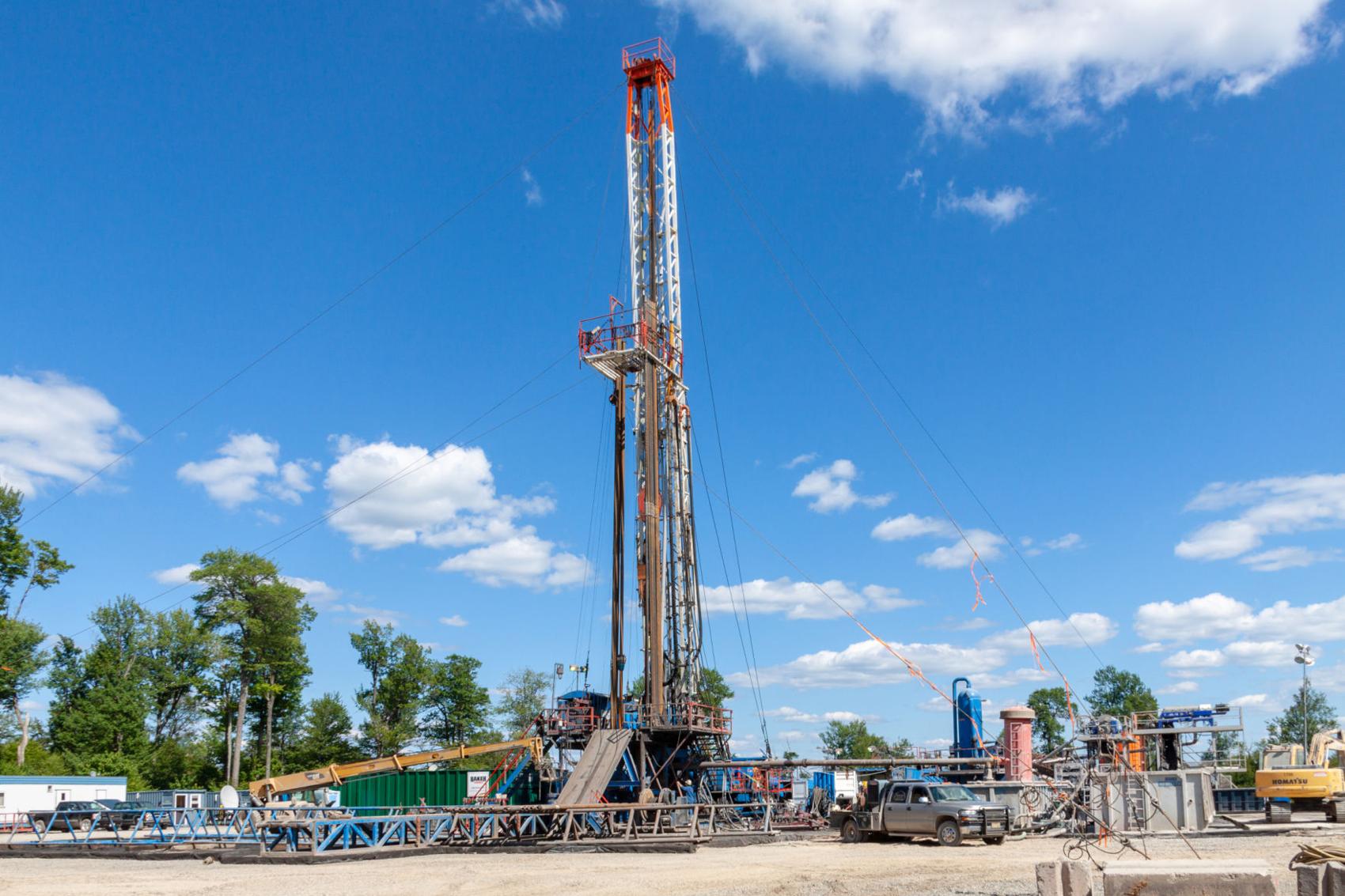Pennsylvania natural gas production fell by two percentage points in 2022 as pipelines run at full capacity and future development slows.
Although the state maintains its number two status nationwide – just behind Texas – industry advocates say politics disconnect northern states from a pipeline network that could boost demand for Pennsylvania gas.
“The natural gas resources in Pennsylvania are world-class, and operators here are steadily producing energy in the most responsible manner,” Marcellus Shale Coalition President David Callahan said. “Yet, pipeline constraints – mostly due to political and extreme activism – constrict flow to key demand centers, including the Northeast, limiting the ability for more Americans and allies abroad to benefit from clean, affordable Pennsylvania-produced natural gas.”
Clashing political agendas and disparate regulations often ensnare new development, meaning Pennsylvania can’t export more gas than it already does. Coupled with declining permits, all signs point to what the Energy Information Administration describes as a “plateauing of natural gas takeaway capacity.”
It also remains to be seen how much the Regional Greenhouse Gas Initiative, a carbon-cutting emissions program that could collect as much as $663 million from energy producers, will further impact the market.
Lawmakers have long worried that the program’s cost, which has more than quadrupled since former Gov. Tom Wolf initiated Pennsylvania’s participation in late 2019, will leave many residents unable to afford utilities. A legal challenge to block RGGI in the state remains unresolved.
A change could be on the horizon after Gov. Josh Shapiro billed himself as an “all-of-the-above energy governor” and reportedly told union officials on the campaign trail last year that he was skeptical of RGGI’s benefits. His administration, however, included the program’s anticipated tax revenues in its budget proposal.
Shapiro’s plan focuses on investments in clean energy and zero-carbon technologies to create jobs. He wants renewable resources to generate 30% of Pennsylvania’s energy by 2030 and hopes to achieve net-zero emissions by 2050.
Nearby states like New York, New Jersey, Delaware, and Maryland – all RGGI participants – adopted similar targets over the last few years, further undermining gas development.
Although Pennsylvania’s well productivity has significantly climbed over the past decade, the amount of gas produced by the average well in 2022 fell 7% to 2 billion cubic feet.
Callahan argued that expanding pipeline capacity can boost activity.
“Expanding pipeline infrastructure is absolutely critical to improving gas access and growing production, along with the good-paying jobs and environmental benefits that come with it,” he said.








